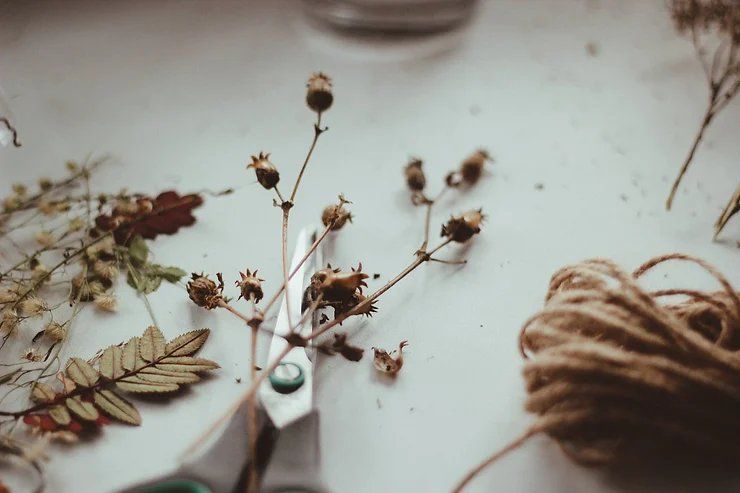We've seen a lot of growth in the dried flower trend of wedding bouquets in recent years. To see more on why you should build a bouquet of dried flowers for your wedding, look into our earlier blog post, Your Guide to Dried Bouquet Flowers.
However, if you chose to have a bouquet of fresh flowers, what are you going to do with them after the wedding? Do you want to preserve them as memories to last a lifetime? Well, you could air dry your flowers or shut them in the middle of a book and step away for a few weeks. You could even press your flowers into a translucent phone case to display wherever you are, but did you know there's a method out there to microwave the flowers?
Follow these steps from ProFlowers:
1. Find a microwave-safe container that will hold your flowers and fit into the microwave. (Do not use a dish you want to use for food again after this project.)
2. Cover the bottom of the container with an inch or two of silica gel, a bit more for larger blossoms. Place flowers blossom-up in the gel and then pour more gel over the petals. Pour gently so that petals don’t get flattened.
3. Place the uncovered container in the microwave. Microwave temperature and time will vary according to the type of flower, so this step requires a bit of trial and error. Start the microwave on one or two heat levels above defrost for 2-5 minutes. (Roses can withstand more heat, while daisies prefer lower temperatures.) Check your flower’s progress after a short time and then periodically. Increase heat and time as needed.
3. Once flowers are dry, open the microwave and immediately cover the container. Remove the covered container from the microwave, open the top a quarter of a centimeter, and let it sit for 24 hours.
4. Clean the gel from the petals with a fine brush and then mist with an acrylic spray (also available at craft stores).
Finally, display or use your dried flowers in craft projects as you like. Dried flowers fade quickly in sunlight or extreme heat, so be sure to keep them in cool areas away from windows.
Note: this is typically for more sturdy flowers, like a rose.
Need more info about these awesome DIY methods? Check out Alyssa Jung's article and ProFlowers.

